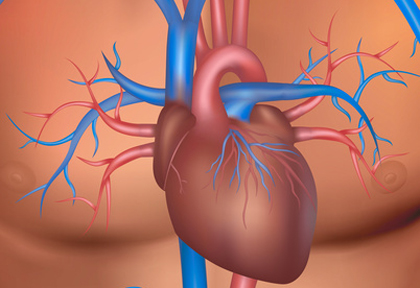Nearly all prostheses for transcatheter aortic valve replacement (TAVR) commercially available at present are adequate for most patients. However, there are certain subgroups, relatively small, that could benefit from a particular one. Yesterday we went over the best suited for small annuli, which turned out to be the self-expandable in general and the Evolut PRO in particular. Today we are reviewing a study that included the opposite population: patients presenting extremely large annuli.

The study included 105 patients with large annuli (mean annulus area 721.3 ± 36.1 mm2) from 15 centers undergoing TAVR with balloon expandable S3 between 2013 and 2018.
Mean age of patients was 76.9 ± 10.4 and the predicted surgical risk by STS was 5.2 ± 3.4%.
At one year, global mortality and stroke rates were 18.2% and 2.4%, respectively. Baseline quality of life improved significantly at 30 days and one year (p<0.0001 for both).
Read also: TAVR in Small Annuli: Is There a Better Valve?
There was mild paravalvular regurgitation in 21.7% while moderate to greater occurred in 4.3% of patients. Gradients remained stable at one year.
The last model of balloon expandable valves S3 seems more appropriate in patients with extremely large annuli, even though, as we concluded yesterday, more randomized studies are necessary for us to be able to determine what patients will benefit more from either of them.
Conclusion
Transcatheter aortic valve replacement with extremely large annuli is feasible with S3, with favorable clinical and electrocardiographic results at mid-term.
Original Title: Mid-Term Outcomes of Transcatheter Aortic Valve Replacement in Extremely Large Annuli With Edwards SAPIEN 3 Valve.
Reference: Aditya Sengupta et al. J Am Coll Cardiol Intv 2019, article in press.
Subscribe to our weekly newsletter
Get the latest scientific articles on interventional cardiology
We are interested in your opinion. Please, leave your comments, thoughts, questions, etc., below. They will be most welcome.





